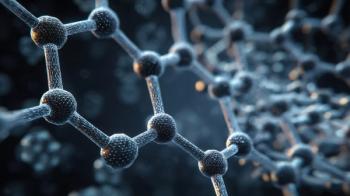
Headspace Sampling for Analysis of Grape Aroma Compounds
Scientists from Sezione di Tecnologie Alimetari (Firenze, Italy) and the University of California, Davis (Davis, California) analyzed grape aroma compounds in Cabernet Sauvignon grapes using headspace solid-phase microextraction (SPME) with gas chromatography?mass spectrometry (GC?MS).
Scientists from Sezione di Tecnologie Alimetari (Firenze, Italy) and the University of California, Davis (Davis, California) analyzed grape aroma compounds in Cabernet Sauvignon grapes using headspace solid-phase microextraction (SPME) with gas chromatography–mass spectrometry (GC–MS). The research was conducted in an effort to better understand the contribution of vineyard practices and winemaking processes to the composition of the volatile compounds in wine. They evaluated SPME fiber type, extraction time and temperature, and dilution solvent as well as GC–MS conditions to optimize the analysis method. They monitored 27 flavor compounds and profiled the free volatile components in the grapes at various maturity levels and identified 10 of the compounds in the corresponding wines.
Newsletter
Join the global community of analytical scientists who trust LCGC for insights on the latest techniques, trends, and expert solutions in chromatography.





